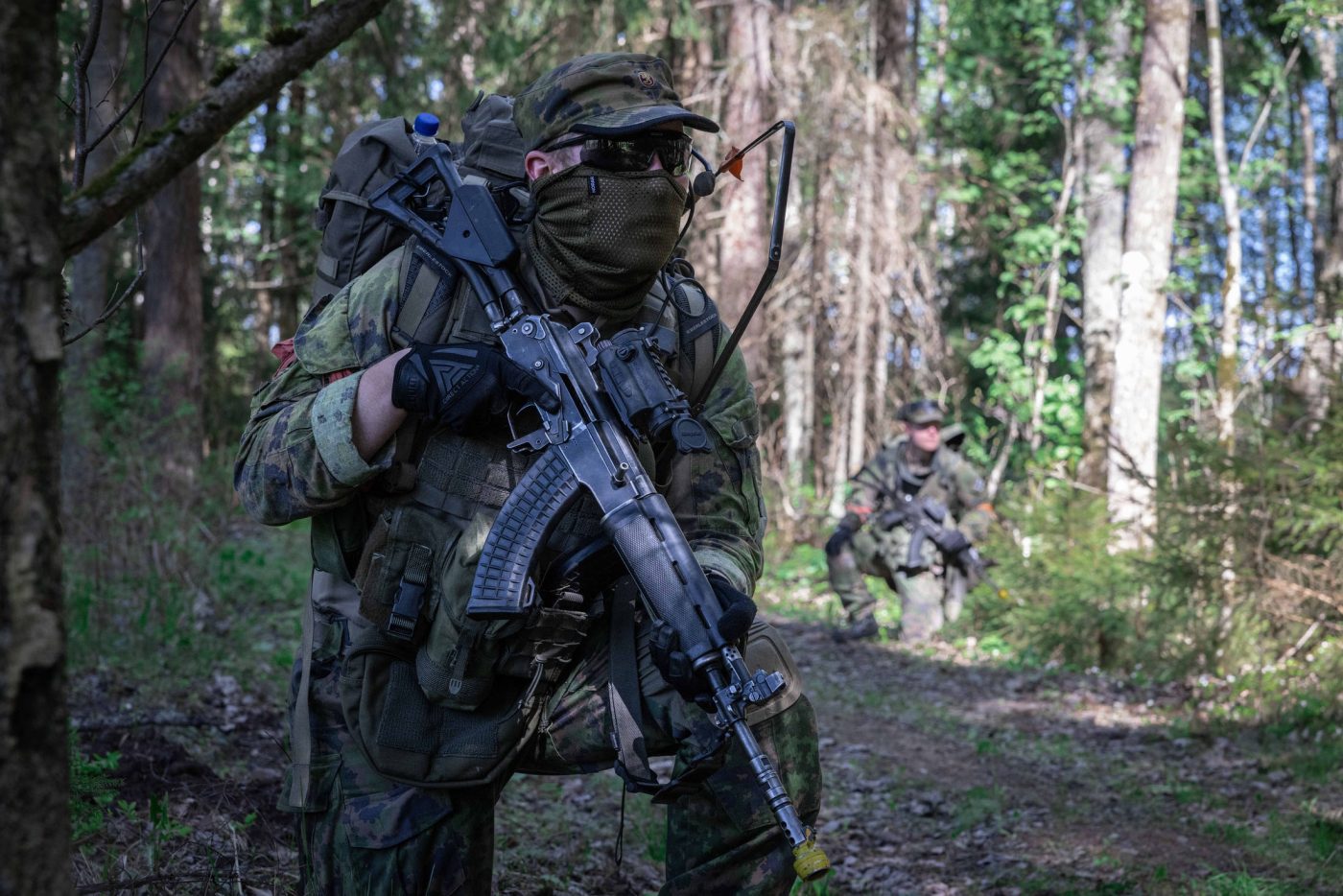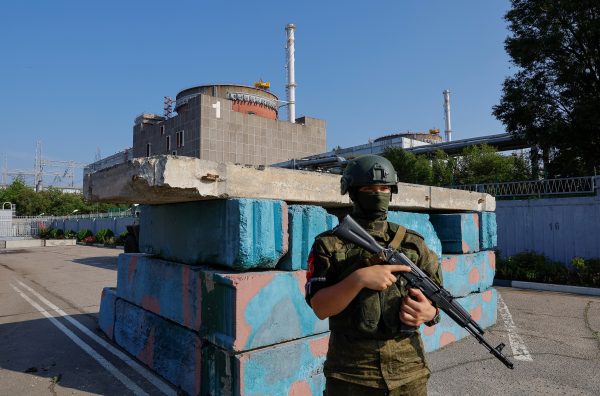Warnings of war are heavy in the air. They now come thick and fast — from NATO’s military chief, Sweden’s defense minister, Estonia’s premier, Germany’s defense minister, and the UK’s defense and foreign secretaries.
Needless to say, these hint at conflict rather than predicting it; no one wants to make the voters too jumpy. And they talk of three-to-20-year timelines, so the message is that the Russians are coming, but not quite yet.
“It cannot be ruled out that within a three- to five-year period, Russia will test Article 5 and NATO’s solidarity,” Denmark’s Defense Minister Troels Lund Poulsen said in February. “That was not NATO’s assessment in 2023. This is new information.” He pointed to enormous increases in Russian military production and Europe’s failure to match that.
The gale of grim tidings from Europe’s security elite is unmistakably alarming and reflects two things. First, a belief that the return of Donald Trump would make the US an unreliable ally, thereby encouraging further Russian aggression, and second, that European NATO is nowhere near ready to fight.
The signs are everywhere. Germany’s armed forces are said to be in a terrible state, with the head of the army saying in 2022 that his force was “more or less broken.”
France traditionally provides one of Europe’s great land armies, but its former chief of staff said in the same year that the armed forces were not ready for high-intensity war. Its promise of three divisions of 50,000 personnel and equipment ready for war in 1994 was cut to one division of 15,000 in 2013.
The UK fares no better. A 72-page House of Commons report entitled “Ready for War?”, published on February 4, depicts a military in very poor condition. The Ministry of Defence classified much of the material the committee sought, but what was released was bleak.
British forces are highly capable (see the performance of HMS Diamond in the Red Sea and RAF Typhoons making long-distance flights to hit Houthi targets) but are hugely overstretched and suffering acute personnel shortages.
For every five (mostly untrained) recruits, eight experienced personnel leave. The private company contracted to fill the ranks managed to sign up just 68% of the required number in 2022-2023 and says it may reach 70% this year.
Other findings included:
- The UK’s commitment of an army-heavy division to NATO would probably need the addition of a brigade borrowed from an ally
- A lack of infantry fighting vehicles
- A lack of artillery
- An acute ammunition shortage
- A serious shortage of combat aircraft and pilots
- Inadequate domestic air and anti-missile capabilities
- A lack of regular army close-support artillery
- A shortage of air transport, and
- Shortages of Royal Marine commandos for brigade-strength deployment to NATO’s Northern Flank.
Many of these problems are recognized and being addressed, the government told the Committee. It pointed to a new £2.5bn ($3.2bn) program to expand ammunition factories and production to replenish stocks that the military witnesses said had declined to dangerous levels. (A former deputy chief of the defense staff said it would surprise him if UK forces had the munitions to fight more than a week of high-intensity conflict.)
New equipment programs are underway, with the government pledging defense spending will rise to 2.25% this year, with an “ambition” to reach 2.5% at an unstated date.
But the truth is that it will take up to a decade for European NATO to return to anywhere near its readiness at the end of the Cold War.
Remember that the UK and France — Europe’s only nuclear-armed states — have among the most capable militaries on the continent. If they struggle, others will be in a worse position.
A senior Estonian general told the New York Times that, “The past few years have also made it very, very clear that NATO as a military alliance, a lot of countries, are not ready to conduct large-scale operations — meaning, in simple human language, a lot of NATO militaries are not ready to fight Russia.”
Soldiers, ministers, and other elements of the security establishment are not complacent. There is a widespread recognition that 30 years of peace dividends, where money flows from swords to plowshares, have left the military machine blunt and rusted.
Germany is responding. Chancellor Olaf Scholz’s now-famed Zeitenwende, or watershed, speech from February 2022 after Russia’s all-out invasion, pledged €100bn ($108bn) for defense. Spending is rising from an anemic 1.4% of GDP in 2022, although there are questions about whether the increases are sufficient. Germany has also opened its wallet for Ukraine, sending $18.5bn in military aid alone, second only to the US.
France will raise defense spending by a third by 2030, including a significant expansion of its reserves (although it has been far less generous in military aid to Ukraine.) The Nordic-Baltic states are increasing their outlays much more quickly, with Finland a shining example.
But an awareness of the issue is not enough. Europe’s governments need a sense of urgency, something like they showed during the pandemic response in 2020-2021. This is extremely difficult at a time of huge debt burdens, cost of living pressures, and low growth. But a failure to act leaves Europe vulnerable to a malevolent and heavily armed neighbor.
If a Russian threat does loom in three years’ time, the extra spending will have made only limited improvements.
The point was illustrated by UK’s Chief of the Defence Staff, Admiral Tony Radakin, who acknowledged that the British division promised to NATO was not in the condition it should be: “We are investing like crazy in our warfighting division to improve it for 2030.”
Quite what the UK and its allies will do in the meantime is anyone’s guess. NATO may be forced to fight with the armies it has rather than those it needs.
Francis Harris is CEPA’s Managing Editor. He was formerly The Daily Telegraph’s Central Europe and Washington correspondent.
Europe’s Edge is CEPA’s online journal covering critical topics on the foreign policy docket across Europe and North America. All opinions are those of the author and do not necessarily represent the position or views of the institutions they represent or the Center for European Policy Analysis.





